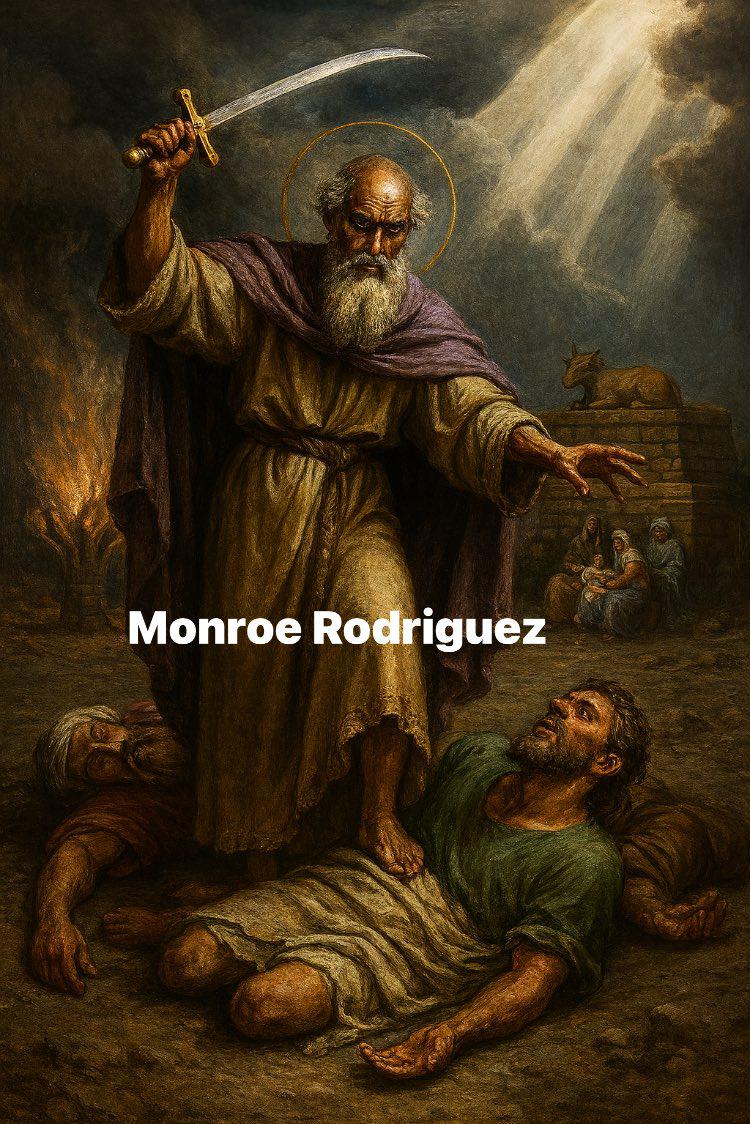
Who is Saint Elias?
Saint Elias—known in Hebrew as Elijah and in Arabic as Ilyas—isn’t just a biblical prophet. He’s a cosmic force, a spiritual archetype, a man who walked so close to heaven that he never had to die.
He’s the voice in the wilderness.
The fire on the mountain.
The thunder that shakes kings off their thrones.
The Man of the Mountain
Elijah first appears in 1 Kings 17 like a storm. No genealogy. No introduction. Just a prophet from Tishbe, confronting King Ahab with a divine decree: “There will be no rain unless I say so.”
What followed was not just drought, but revelation:
- He called fire down from heaven to shame the priests of Baal.
- He raised the dead.
- He confronted power and corruption head-on.
- He fled into the wilderness and heard God not in fire or earthquake—but in a still small voice.
Saint Elias was not a diplomat. He was a spiritual revolutionary.
Ascension in Flame
Perhaps the most iconic part of Elijah’s story is how he left the earth:
Not by death.
Not by sickness.
But by chariot of fire, drawn by horses of flame, lifted up into heaven while his apprentice Elisha watched.
That moment made him immortal in tradition. It wasn’t just a departure. It was a transfiguration.
In Christianity, this is why he is sometimes compared to Moses and Jesus—appearing beside them on the Mount of Transfiguration (Matthew 17).
In Islam, he’s called Ilyas, a righteous man taken by God and promised return.
In mystical Christianity, Elias is believed to return again before the end times to call the people to repentance—just like John the Baptist did in his spirit.
Saint Elias in Spiritual Practice
Saint Elias is honored in:
- Eastern Orthodoxy (with a feast day on July 20)
- Catholicism (especially among Carmelites who view him as their founder)
- Middle Eastern Christian traditions, where his shrines sit atop mountains, still struck by lightning and kissed by wind
He is the patron of thunderstorms, desert hermits, ascetics, and those who challenge unjust rulers. In iconography, he often rides a red chariot or stands atop Mount Carmel.
What Does Saint Elias Teach Us?
Stand for truth, even when it burns.
Saint Elias didn’t ask for approval. He didn’t negotiate with evil. He called it out, directly and without apology.
Retreat to hear God—but return to act.
He fled to the cave, yes—but not to hide. He went to hear God. And when he heard, he returned to confront.
You don’t have to die to be transformed.
His ascension shows us that death isn’t the only way to be reborn. A person fully aligned with divine fire can transcend without decay.
Legacy is not what you leave behind, but what you pass on.
He passed his mantle to Elisha. The fire continued. True leadership prepares the next wave, even while the current one blazes.
Final Thoughts: The Prophet of Fire Still Walks
Saint Elias didn’t vanish. He ascended. And he’s still called upon today—not as a figure of comfort, but of courage.
His fire still descends in moments of truth.
His spirit still rises in those who dare to speak against spiritual corruption.
And his chariot still waits—for those who refuse to bow to anything but truth.
In a world of noise, Elias is the flame that cannot be silenced.
